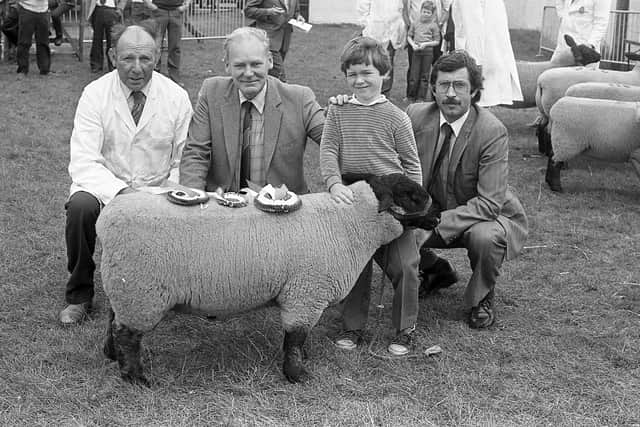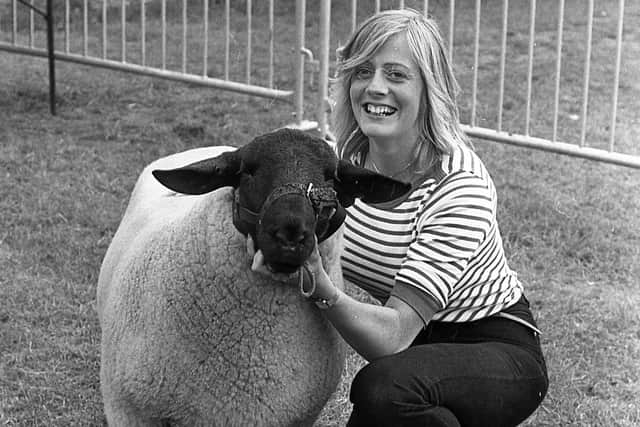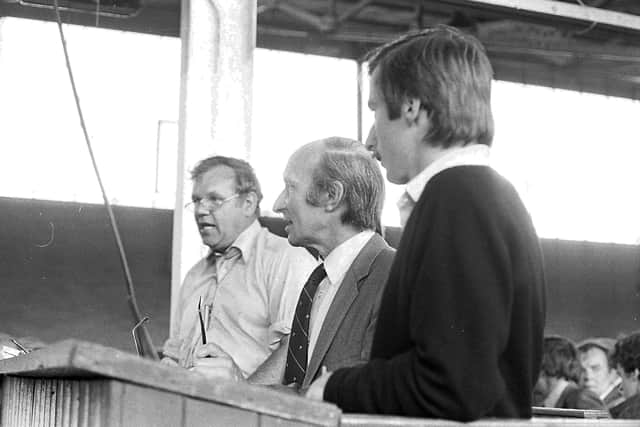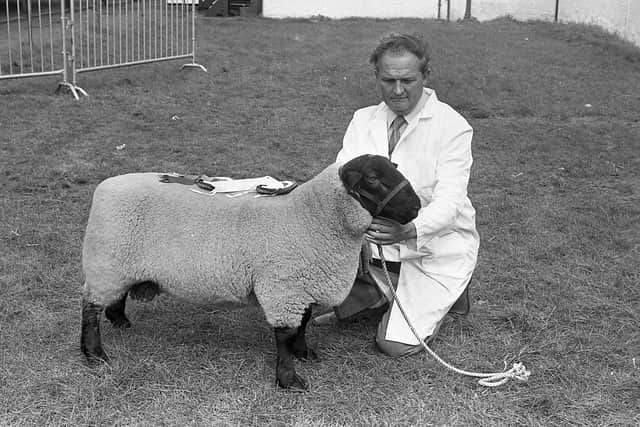Bygone Days: Shortage in cattle looms as prices are expected to rise
and live on Freeview channel 276
First indication of a scarcity came when, at the usual seasonal flush period, instead of prices tending to fall, the meat plants, faced with fewer cattle, were paying 3p to 4p a kilo more, representing around £10 to £12 more for a 300 kilo animal.
In spite of the fall in the suckler beef herd, both north and south, there were more slaughterings in Northern Ireland in the first six months of this year than the record rate of 1980.
Advertisement
Advertisement
This meant, that fewer fat cattle were expected to be available for the remainder of the year.


It was anticipated that insufficient numbers of cattle could hit the meat plants at the beginning of the New Year right through to the spring on 1982.
Meantime, store cattle prices were firming and many increased further as farmers, busy harvesting in ideal weather, began to buy supplies for winter feeding.
Farming Life commented: “It all points to a good trade for suckler calves, the first sales of which will be starting soon.
Advertisement
Advertisement
“According to the Irish Livestock and Meat Board cattle slaughterings at meat export plants in the first seven months of 1981 have declined by a massive 41 per cent from the same period of 1980 and to the lowest level for the period since 1973.


“Furthermore, even if the expected seasonal pick-up in supplies for the remainder of the year approaches the level of recent years, throughput at meat plants for the year as a whole will likely to be down by 33 per cent.”
The board, noted Farming Life, had stated that the heavy decline in cattle marketing had arisen, in part, from the increased and largely illegal movement of cattle to Northern Ireland and, in part, from the increased, buoyancy in live exports, to Third Country Markets notably to Libya and Egypt.
Commenting on cattle smuggling the board stated: “While a precise estimate of cattle smuggling to Northern Ireland is not possible, it is probable that the illegal movement in the first seven months, of this year has, at least, exceeded a level of 90,000 head.
Advertisement
Advertisement
“This is borne out by a comparison of trade flows and slaughterings for 1981 with the position in recent years.


“It is also supported by the fact that total cattle slaughterings in Northern Ireland to date in 1981 have increased to account for a 27 per cent share of total cattle disposals on an all-Ireland basis, compared with the normal average share of 21 percent.
“Moreover, in the opposite direction, cattle slaughterings at meat export plants in Eire has dropped to a 37 per cent share of all cattle disposals on an all-Ireland basis compared to the normal share of about 51 per cent.
“In essence, the problem mainly arises through the evasion of the EEC MCA border tax payable on live cattle being exported to Northern Ireland but is also allied to the more favourable application of the United Kingdom Variable Premium scheme.
Advertisement
Advertisement
“As a result, meat plants in Eire are placed in an unfavourable competitive position relative to their counterparts in Northern Ireland both in terms of the procurement of cattle and in the overseas marketing of beef.


“The MCA levy which currently stands at over IR£41 per finished animal was as high as IR£75 earlier in the year.
“The Eire Board points out that the immediate impact of the reduced throughout in the meat sector has been reflected in the industry being forced to scale down activities to a three-day working week, with the consequent loss of employment in a sector where the potential is so great.
“The reduced availability of raw material also represents a setback to attainment of the concept of a value-added industry; especially in the marketing of products to remunerative retail outlets.
Advertisement
Advertisement
“While there is in prospect a seasonal pick-up in cattle supplies, the current problems in the industry could be minimised were the illegal movement of cattle ended.
“The other significant aspect of the cattle and beef export trade to date this year has been the increased buoyancy in the trade in live cattle to Third Country outlets.
“Total live exports to Third Countries this year have increased by 40,000 head to 150,000 in the first seven months.”